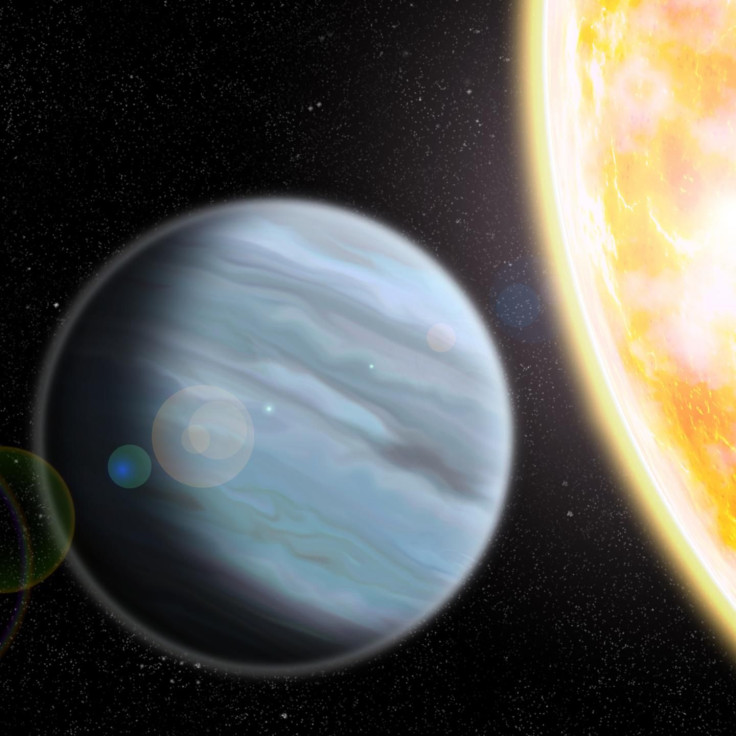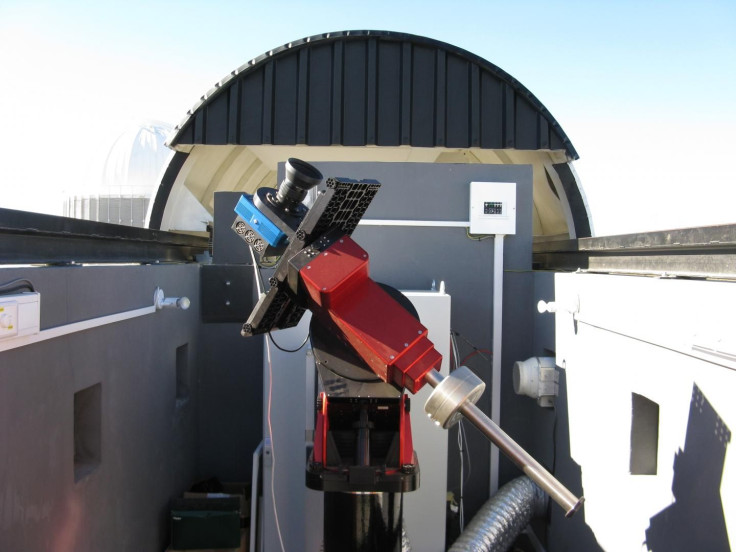Hot Jupiter KELT-11b Is An Inflated ‘Styrofoam’ Planet With Small Mass, Large Size

A new exoplanet has been discovered about 320 light-years away, another addition to the “hot Jupiter” category of planets. However, KELT-11b is unusual in at least one other aspect: its density.
Being a hot Jupiter, the planet is about 40 percent larger than the biggest planet in our solar system, but has an orbit very close to its star, completing one revolution in less than five days, compared to Jupiter which takes 12 years to orbit the sun once.
However, despite its size, the mass of KELT-11b is only a fifth that of Jupiter, “making it about as dense as Styrofoam, with an extraordinarily large atmosphere,” Joshua Pepper, astronomer and assistant professor of physics at Lehigh University, said in a statement Monday.
Pepper led a study — in collaboration with researchers from Vanderbilt University and Ohio State University, along with researchers at universities and observatories and amateur astronomers around the world — that describes the exoplanet. Titled “KELT-11b: A Highly Inflated Sub-Saturn Exoplanet Transiting the V = 8 Subgiant HD 93396,” the paper was published recently in the Astronomical Journal.
Read: ‘Warm Neptune’ Exoplanet Has Liquid Water, Primitive Atmosphere
The planet’s host star, KELT-11, is very bright, which allows scientists to make precise measurement of the properties of the planet’s atmosphere. These observations will allow astronomers to develop tools that will identify various gases in the atmosphere of exoplanets, tools that will become indispensible once next-generation space telescopes (like the James Webb Space Telescope, scheduled for a 2018 launch) find more Earth-like exoplanets.
KELT-11b is the third-lowest density planet discovered so far, and studying planets like it in more detail will help understand how planets evolve and how their atmospheres behave. The reason behind this exoplanet’s inflation is not yet known, and further research is needed to find an answer, which will help us in our search for life beyond Earth.
The star is evolving into a red giant and has started using up its nuclear fuel. As it expands, it will engulf KELT-11b and the planet will cease to exist in the course of the next hundred million years or so. But for now, its large atmosphere makes it “an excellent testbed for measuring the atmospheres of other planets,” Pepper said in the statement.
Read: Proxima B, Our Nearest Exoplanet, Could Have A Stable Climate

KELT stands for Kilodegree Extremely Little Telescope, and the survey uses two robotic telescopes — one each in Arizona and South Africa — that were built by Pepper. The telescopes scan the skies and measure the brightness of about five million stars. To find exoplanets, researchers look for regular dimming in the brightness of stars, which could indicate the blocking of light by planets that are orbiting them.
Once the candidates are identified with the dimming (called a transit) method, exoplanets are verified by using other telescopes that measure the slight gravitational pull exerted by planets on the stars they orbit. Measuring the stars’ gravitational “wobble” can confirm both the presence of a planet, as well as to measure the planet’s mass, according to the statement.
© Copyright IBTimes 2024. All rights reserved.





















